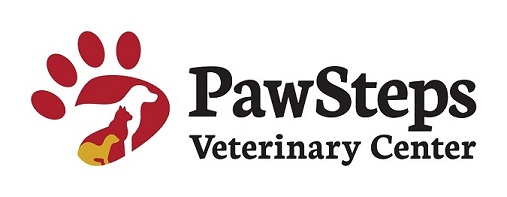Library
-
The tonsils are similar to lymph nodes, and the role of both of these structures is to fight infection. There is a pair of tonsils located in small pouches at the back of the throat that enlarge during infection or inflammation. Tonsillitis usually occurs as a result of another disease that affects the mouth or throat. If an underlying source of the infection can be found, it must be treated.
-
Tooth resorption in dogs is a painful condition with no known cause. It is categorized into two types with subcategories of each: internal or external. Tooth resorption is usually only visible on intraoral radiographs. Although the premolars of the lower jaw are most affected, lesions can be found affecting any tooth. Signs and treatment are discussed.
-
A tooth root abscess develops when bacteria enter the exposed root canal of the tooth. The abscess may leak directly into the oral cavity or may leak out onto the skin. A tooth root abscess is painful and must be treated as soon as possible. Signs and diagnosis are discussed. Treatment options include root canal therapy or extraction.
-
Topiramate is an anticonvulsant used to treat refractory seizures in dogs. It may be used to treat seizures or feline idiopathic ulcerative dermatitis in cats and refractory seizures in other animals, though little information on efficacy is available. It is used off label (extra label) in veterinary medicine. Topiramate comes in capsules, tablet, and liquid suspension forms.
-
Torsemide, also known as UpCard®CA-1, is a diuretic used to remove excess fluid (water) from the body. It is used in conditions such as heart disease and lung disease. It is conditionally approved by the FDA for use in dogs only. Torsemide comes in an oral liquid suspension form.
-
Canine Infectious Respiratory Disease Complex (CIRDC) or Kennel Cough in Dogs
La tos de las perreras es un nombre inespecífico que incluye cualquier condición contagiosa o infecciosa cuyo principal signo clínico es la tos. También se conoce como traqueobronquitis infecciosa. El término de traqueobronquitis describe la localización de la infección en la tráquea y bronquios principales.
-
Total ear canal ablation and bulla osteotomy (TECA-BO) is a surgery performed to remove the ear canal and a portion of the middle ear. This surgery is performed in cases where the pet is suffering from chronic and unresponsive ear infections. The surgical technique, reasons for performing the procedure, the diagnostic steps, and potential post-op complications are outlined in this handout.
-
The hip joint is a ball and socket joint. The ball is at the top of the thigh bone (femur), and the socket (acetabulum) is in the pelvis. Total hip replacement surgery removes and replaces both the ball and socket with prostheses (artificial body parts). Before a total hip replacement, the dog usually has a thorough examination and a blood screening to prepare for general anesthesia. Post-surgery, the dog will spend 3 to 5 days in hospital. Approximately 90-95% of dogs with a total hip replacement do very well and have excellent post-surgical function.
-
The trachea, or windpipe, is the tube connecting the throat to the lungs. Tracheal collapse occurs most frequently in middle-aged to senior dogs (4-14 years), but some younger dogs can also be affected. The most common clinical sign is a persistent, dry, harsh cough, sometimes referred to as a "goose honk". Pets who have surgery for the condition often need medications for life. The prognosis will depend on how well your dog responds to treatment.
-
Teaching a dog to come when called is perhaps the most important behavior we ever teach. You can train a reliable recall using positive reinforcement and it can be incorporated into daily play time. Puppies should be set up to succeed by having training challenges, such as distractions, added gradually. Until a recall is reliable, puppies should be held on leash when they are not in a secure, fenced area.

